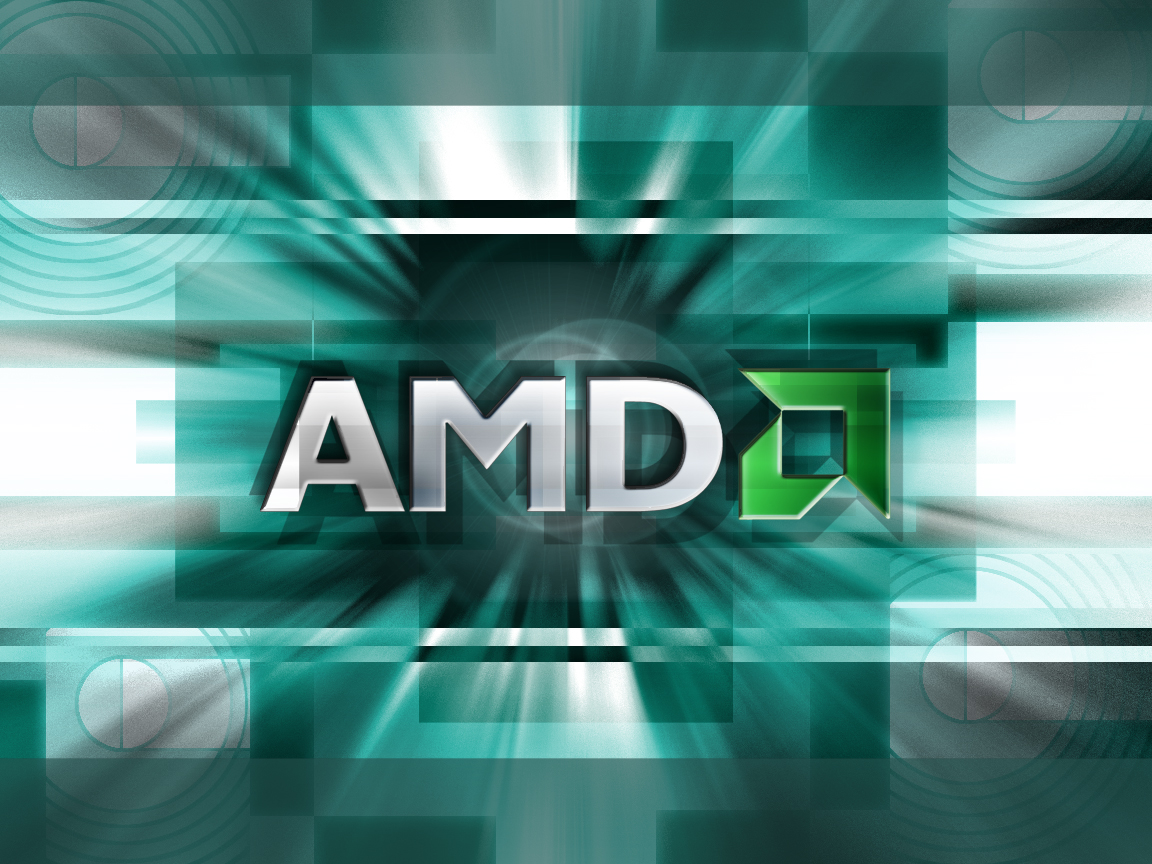Looking back 18 months or so, things were not good for chip stalwart AMD. Despite having a solid new leadership team that was just starting to hit its stride, the company was facing some difficult times as the PC market—the company’s primary source of sustenance back then—suffered through an even faster decline than most had predicted. In fact, some were even questioning the company’s long term viability.
As things sit here in April of 2014, the picture is much improved. Thanks to the first ever sweep of a complete generation of game consoles—Playstation 4, Xbox One and Wii U are all powered by AMD chips—the execution of a management plan that itself focused on better execution within the company, and intelligent attention to and restructuring of its debt burdens, the atmosphere around (and apparently even within) the company is greatly improved. CEO Rory Read and his team have laid out a clear vision of deriving only 50% of the company’s revenues from the PC market by the end of 2015. In addition, they’ve started to preview a strong road map for new innovations within their GPU, CPU and APU (accelerated processing unit—AMD’s melding of a graphics and computing engine into a single piece of silicon) line of products.
The company is coming off not only the success in game consoles, but its graphics business also boasts a high profile win in Apple’s sleek new Mac Pro, which features two discrete AMD FirePro workstation GPUs. For now, they’re also claiming the lead in the hard fought and never ending graphics performance battle with rival nVidia via the dual GPU Radeon R9 295X2. However, they’ve still got a way to go in order to catch their rival when it comes to graphics market share.
On the computer side, AMD has been suffering a bit more. Many of its recent successes were in the low cost consumer notebook segment—one of the tougher markets to be in and one that’s been declining even more rapidly than the overall PC market. The company has made some important new hires on its CPU architecture team over the last year or so, however, and hopes are high a completely re-architected next generation mobile APU, “Kaveri,” expected to launch later in the first half of this year will have a positive impact. In addition, the company is planning some stronger forays into the commercial PC space, which has been a traditional weak point for AMD, but which is also the most promising segment of the PC market. Finally, the company has announced two low cost APUs—codenamed “Mullins” and “Beema”—will ship sometime in 2014 with both significant performance-per-watt improvements over their predecessors, as well as the rather intriguing prospect of an on-chip, ARM-based security co-processor that leverages the ARM TrustZone. While full details haven’t been released publicly yet, the concept appears to ensure a secure boot and provide for the creation of a trusted execution environment, both of which will likely be well received in a market becoming increasingly security conscious.
Moving forward, the company is also putting more emphasis on the little understood, but very large, embedded computing market (think gambling machines, medical devices, ATMs, etc.), the custom silicon space (game consoles), and is even attempting to re-establish its previous glory in servers with both its SeaMicro “data center in a box” architecture as well as forthcoming ARM-based server CPUs. The company continues its efforts around heterogeneous system architecture (HSA) as well, which is driving for standardized ways of leveraging GPUs (and APUs) — not just for graphics but other computationally intensive applications.
All told, it’s becoming increasingly obvious AMD has moved well beyond any danger zone and is headed towards a brighter future. To be clear, numerous challenges remain—particularly if we see a sudden drop off in game consoles or if some of their future CPU designs fail to close the gap with Intel—but like the musicians who populate the company’s hometown of Austin, TX, it seems AMD is getting back into its groove.

Wonderful post! We will be linking to this great article on our site. Keep up the great writing